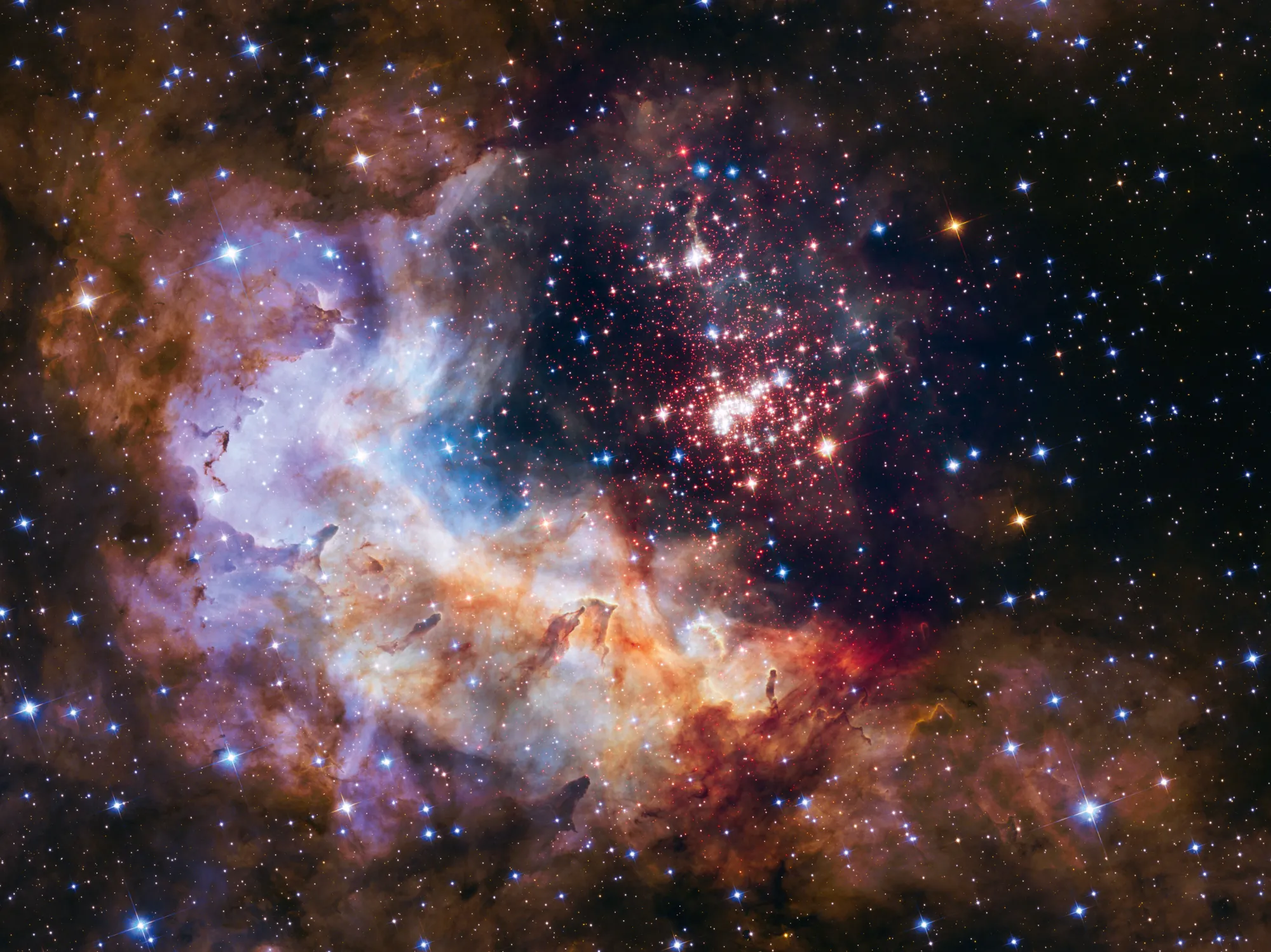William Cook
⸻
Abstract
This paper proposes a speculative framework in which time is considered the first mover in cosmology, existing prior to and independently of the Big Bang. Rather than emerging from the Big Bang, time is treated as a pre-existing fourth dimension whose forward flow enabled the birth of three spatial dimensions. This “Time Engine” model reframes questions of cosmic origin, expansion, and dimensional interaction, suggesting that vibration, matter, and consciousness are all consequences of time’s primacy. The paper considers connections to string theory, the holographic principle, and cosmological expansion, offering a philosophical and scientific bridge for further exploration.
⸻
Introduction
The prevailing Big Bang model suggests that both space and time began simultaneously at t = 0. However, this assumption is rooted in the breakdown of mathematics at the singularity rather than empirical necessity. This paper explores an alternative: that time already existed as a forward-moving dimension prior to the Big Bang, and that the event marked the coupling of time with three new spatial dimensions.
⸻
Principle 1: Time as the First Mover
Time is not a byproduct of space but its driver. It flows independently, setting the stage for causal order and dimensional unfolding. If time was already moving, the Big Bang represents the moment when three spatial dimensions were “dropped into the river of time,” allowing for expansion.
⸻
Principle 2: Vibration Requires Time
In string theory and higher-dimensional models, vibrations are fundamental. Yet vibration requires before/after sequencing, frequency, and rate—all of which presuppose time. This suggests time was always present, enabling strings in higher dimensions to vibrate and interact even before the emergence of our universe.
⸻
Principle 3: Space Emerges from Time
The Big Bang is reframed not as an explosion but as a “Dimensional Unfolding.” Time, already flowing, intertwined with three newly emergent spatial dimensions. Expansion is thus not into a void but into the medium of time itself.
⸻
Principle 4: The Holographic Connection
The holographic principle suggests that three-dimensional reality may be a projection of information stored on a lower-dimensional boundary. In this framework, time acts as the “projector beam,” scanning higher-dimensional information to produce the emergent universe. Electrons and their bidirectional oscillations may represent pixels of this projection.
⸻
Principle 5: Toward a Sub-Temporal Substrate
Just as atoms gave way to subatomic particles and quarks, the search for a more fundamental layer may lead beyond particles to time itself. The smallest unit of reality may be a time-vibration, with matter as a standing wave of temporal energy. This offers a new answer to the “before the Big Bang” question: time as an eternal substrate.
⸻
Conclusion
This thought experiment positions time as the fundamental engine of reality. If valid, it reframes cosmology by making time the substrate upon which space, matter, and consciousness arise. Further work is needed to mathematically formalize this model, test its predictions, and explore its connections to quantum mechanics and cosmological observations.
⸻
References
Bousso, R. (2002). The holographic principle. Reviews of Modern Physics, 74(3), 825–874. https://doi.org/10.1103/RevModPhys.74.825
Greene, B. (2000). The Elegant Universe: Superstrings, Hidden Dimensions, and the Quest for the Ultimate Theory. Vintage.
Hawking, S. W., & Penrose, R. (2010). The Nature of Space and Time. Princeton University Press.
Susskind, L. (1995). The world as a hologram. Journal of Mathematical Physics, 36(11), 6377–6396. https://doi.org/10.1063/1.531249
’t Hooft, G. (1993). Dimensional reduction in quantum gravity. arXiv:gr-qc/9310026
Wallace, D. (2012). The Emergent Multiverse: Quantum Theory according to the Everett Interpretation. Oxford University Press.
